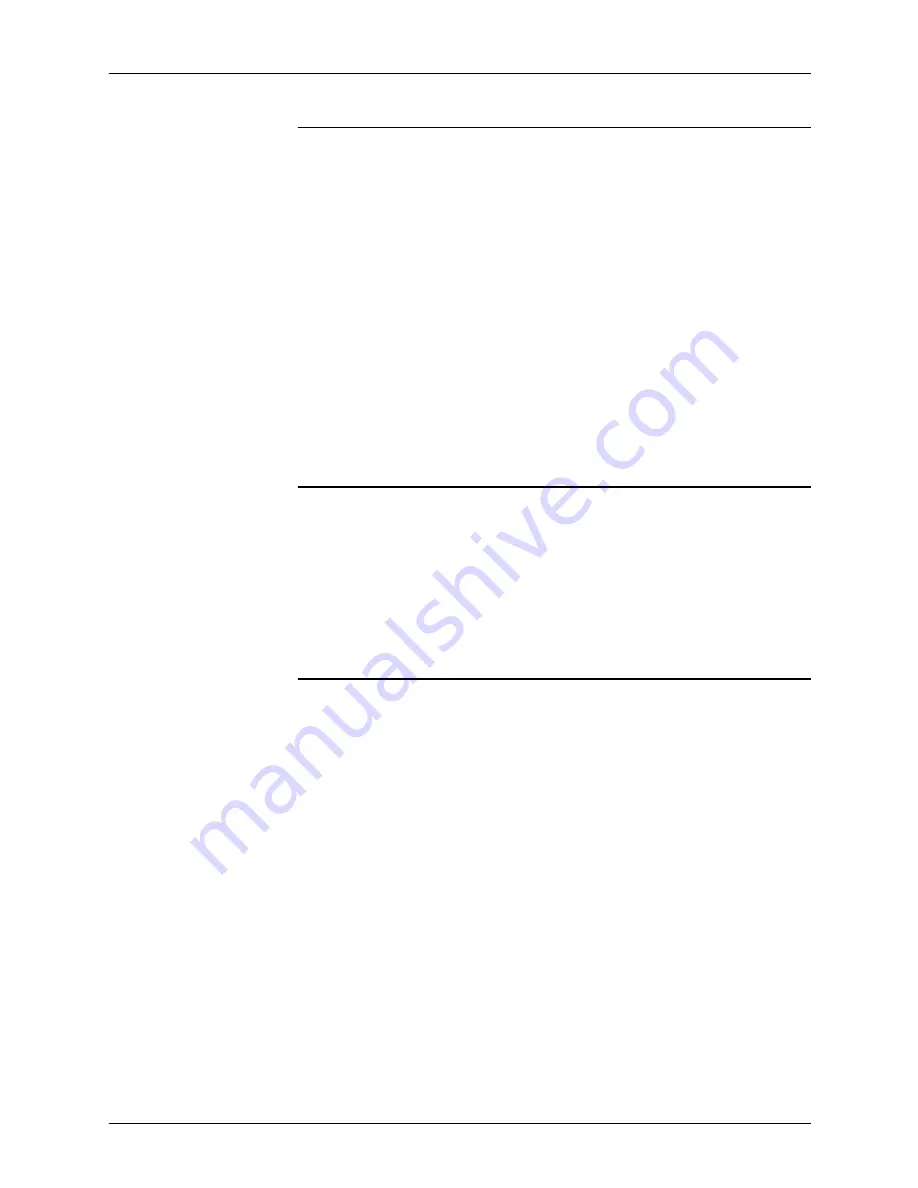
Optimizing print quality
5-4
Troubleshooting Guide
Smooth curves—setflat
PostScript masters that use the PostScript operator
setflat
produce inconsistent output across different PostScript printers.
setflat
controls curve rendering smoothness. PostScript curve
operators use cubic Bezier control points to define the curve
shape. These curves can be rendered from straight line
segments. Normally the line segments are so short that the
curve appears smooth. The
setflat
operator indirectly controls
the length of the straight line segments. As stated in the
PostScript Language Reference Manual
, second edition, “If the
flatness parameter is large enough to cause visible straight line
segments to appear, the result is unpredictable.
Setflat
sets a
graphics state parameter whose effect is device-dependent. It
should not be used in a page description that is intended to be
device-independent.”
Invisible strokes—0 setlinewidth
PostScript masters that use the PostScript operator
setlinewidth
are not consistent across different PostScript printers.
setlinewidth
controls the width of a stroked line. When
setlinewidth
is executed with an input of zero, it produces a line
that is one pixel wide. On devices whose dot size is small, single-
pixel-width lines may be invisible.
Scan conversion—fill, eofill, and stroke
Scan conversion algorithms are implementation-dependent, so
different PostScript printers paint (“turn on”) different dots,
resulting in output differences. For filled circles, PostScript
printers differ in the dots they paint at the edge of the circle; thus,
some printers produce slightly larger circles than others. For
large circles this is not noticeable, but for small circles, it is.
Sections 2.2 and 6.5 of the
PostScript Language Reference
Manual
, second edition, discuss scan conversion. Section 6.5
states that scan conversion details are not part of the PostScript
standard.











































